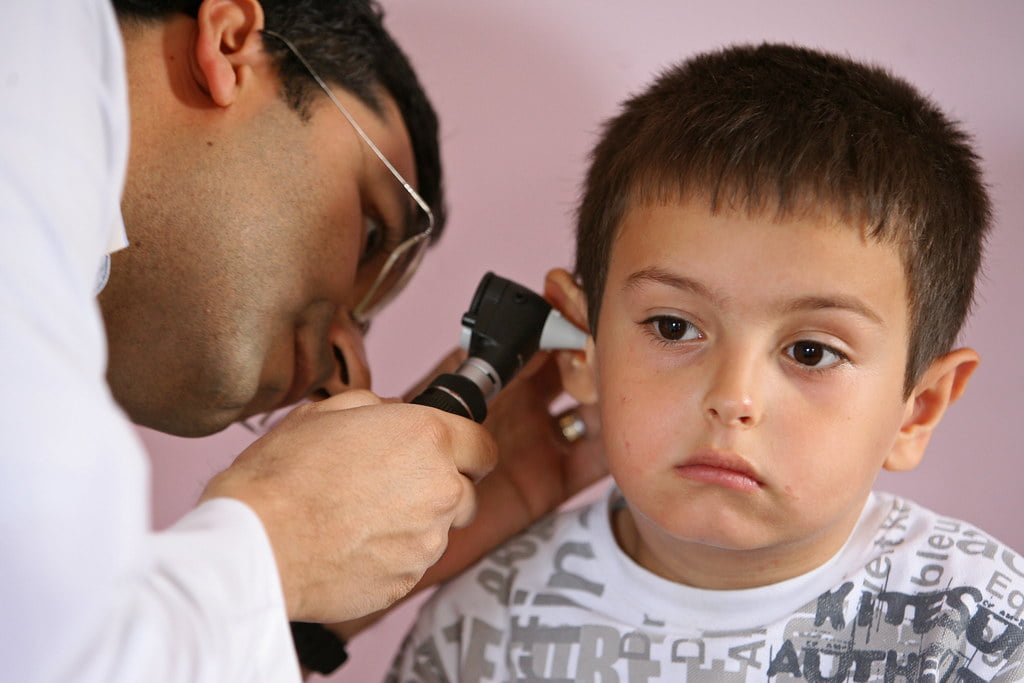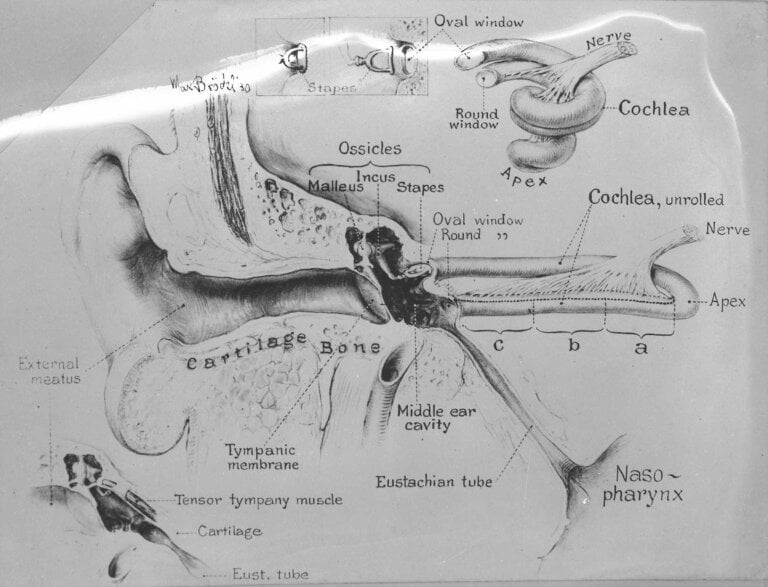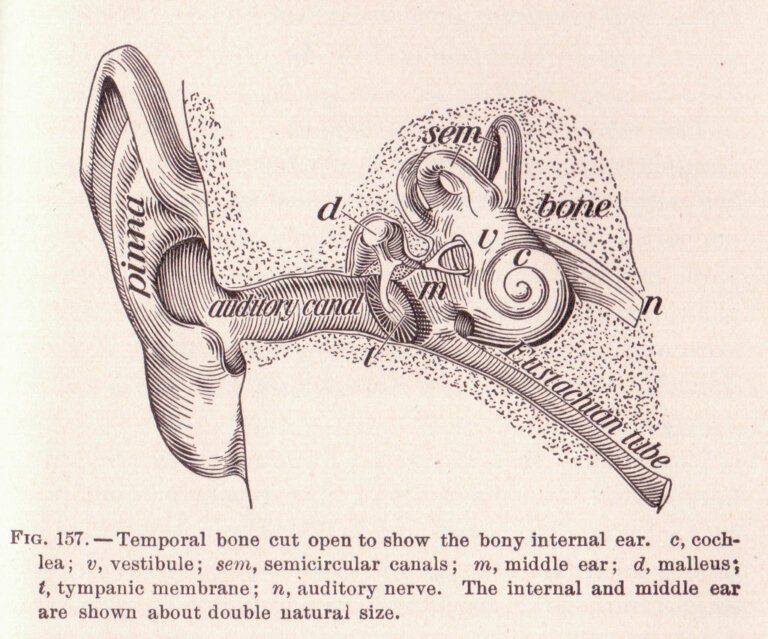Change is Coming: Recent Innovations in Manual Instrument Ear Wax Removal
Ear wax, also known as cerumen, is a naturally occurring substance produced by the glands in the ear canal. Its purpose is to protect the ear canal from debris, dust, and foreign particles. However, excessive or impacted ear wax can cause discomfort, hearing loss, and even infections. Manual instrument ear wax removal techniques have been used for centuries to address this issue, but recent innovations in this field have revolutionized the way we approach ear wax removal.
In this article, we will discuss some of the latest advancements in manual instrument ear wax removal and how they have improved the efficacy and safety of the procedure.
The Traditional Approach
Before diving into the innovations, let’s briefly touch upon the traditional approach to manual instrument ear wax removal. Historically, ear wax was removed using tools such as ear spoons, curettes, or forceps. These tools were inserted into the ear canal to manually extract the wax. While effective, this method had its limitations and risks, including the potential for injury, discomfort, and incomplete removal.
To improve upon the traditional approach, recent innovations in manual instrument ear wax removal have introduced new techniques that offer enhanced safety and efficacy. These advancements include microsuction, endoscopic ear wax removal, irrigation with systems like OtoClear®, and pneumatic ear wax removal.
Microsuction: A Game-Changer
One of the most significant advancements in manual instrument ear wax removal is the introduction of microsuction techniques. Microsuction involves using a low-pressure suction device to gently remove ear wax from the ear canal. Unlike traditional methods, microsuction does not require direct contact with the ear canal, minimizing the risk of injury or discomfort.
Microsuction is performed using specialized equipment, including a microscope or magnifying glasses, a suction pump, and a sterile suction tip. The healthcare professional performing the procedure can visualize the ear canal and precisely target the affected areas, ensuring a thorough and safe removal of the wax.
Advantages of microsuction include its non-invasive nature, which reduces the risk of injury to the delicate structures of the ear. The precise targeting of the affected areas allows for a more efficient removal of the wax, minimizing the chance of incomplete extraction and the need for repeat procedures. Additionally, microsuction is generally well-tolerated by patients, as it does not involve any discomfort associated with direct contact or manipulation of the ear canal.
Endoscopic Ear Wax Removal
Another innovation in manual instrument ear wax removal is the use of endoscopic technology. Endoscopic ear wax removal involves inserting a tiny camera, called an endoscope, into the ear canal to visualize the wax and surrounding structures. This allows for a more accurate assessment of the wax buildup and enables the healthcare provider to perform targeted removal.
Endoscopic ear wax removal offers several advantages over traditional methods. It allows for better visualization, reducing the risk of accidental injury to the ear canal or eardrum. Additionally, it enables the healthcare provider to identify any underlying issues, such as infections or abnormalities, that may be contributing to the ear wax problem.
With the precise visualization provided by endoscopic technology, healthcare professionals can ensure a thorough and safe removal of the ear wax. This targeted approach minimizes the risk of incomplete removal and reduces the need for multiple procedures. Furthermore, endoscopic ear wax removal can help identify any potential complications or underlying conditions that may require additional treatment.
Irrigation with OtoClear®
Irrigation has long been a common method for removing ear wax. However, recent advancements in irrigation techniques, such as the OtoClear® system, have made the procedure safer and more effective. The OtoClear® system utilizes a gentle stream of warm water to irrigate the ear canal and flush out the ear wax.
The OtoClear® system comes with various features that make it an excellent choice for ear wax removal. These include adjustable water pressure to cater to individual needs, a splash guard to prevent mess, and a clear visualization chamber to monitor the process. The controlled irrigation technique ensures a thorough removal of the wax while minimizing the risk of damage to the ear canal or eardrum.
In addition to the improved safety and efficacy, the OtoClear® system offers the advantage of convenience. Its adjustable water pressure allows healthcare professionals to tailor the procedure to each patient’s specific needs, ensuring optimal comfort and effectiveness. The splash guard feature helps maintain cleanliness and prevent water from splattering, ensuring a more pleasant experience for both the patient and the healthcare provider. The clear visualization chamber allows for real-time monitoring, enabling healthcare professionals to ensure the complete removal of the ear wax.
Pneumatic Ear Wax Removal
Pneumatic ear wax removal is another innovative technique that has gained popularity in recent years. It involves using a handheld device, known as an ear wax removal pump, to create a gentle suction and pressure within the ear canal. This action dislodges and removes the ear wax without the need for direct insertion of instruments.
The pneumatic ear wax removal method offers several benefits. It is safe, comfortable, and less invasive compared to traditional instrument-based approaches. The technique is also highly effective in removing stubborn or impacted ear wax, providing relief to individuals suffering from discomfort or hearing loss.
The gentle suction created by the ear wax removal pump allows for a controlled and precise removal of the wax. This reduces the risk of injury to the sensitive structures of the ear and minimizes discomfort for the patient. The technique is particularly useful for individuals with sensitive ears or those who may be prone to ear infections. Additionally, pneumatic ear wax removal is effective in dislodging and removing stubborn or impacted wax, which may be difficult to extract using traditional methods.
The Future of Ear Wax Removal
As technology continues to advance, we can expect further improvements in manual instrument ear wax removal techniques. Researchers are exploring the use of innovative tools and devices, such as robotic systems, to enhance precision and safety during the procedure. Additionally, ongoing research aims to develop new substances or compounds that can dissolve or soften ear wax, making the removal process even more efficient and comfortable.
The future of ear wax removal holds exciting possibilities. Robotic systems can potentially provide more precise and controlled movements, reducing the risk of human error and improving overall safety. These systems may also allow for remote procedures, enabling healthcare professionals to offer their expertise to individuals in remote or underserved areas. Furthermore, the development of new substances or compounds that can dissolve or soften ear wax may eliminate the need for manual removal altogether, providing a non-invasive and painless solution for individuals with excessive or impacted ear wax.
In conclusion, recent innovations in manual instrument ear wax removal have revolutionized the way we approach this common problem. Techniques such as microsuction, endoscopic removal, irrigation with systems like OtoClear®, and pneumatic ear wax removal have significantly improved the efficacy and safety of the procedure. As technology continues to evolve, we can anticipate further advancements that will make ear wax removal even more efficient, comfortable, and accessible for all.
FAQ
1. What is manual instrument ear wax removal?
Manual instrument ear wax removal is a procedure used to remove excessive or impacted ear wax from the ear canal. It traditionally involved using tools such as ear spoons, curettes, or forceps to manually extract the wax.
2. What is microsuction and how does it improve ear wax removal?
Microsuction is a technique that uses a low-pressure suction device to gently remove ear wax from the ear canal. It does not require direct contact with the ear canal, reducing the risk of injury or discomfort. Microsuction allows for precise targeting of affected areas, ensuring a thorough and safe removal of the wax.
3. What is endoscopic ear wax removal and what are its advantages?
Endoscopic ear wax removal involves inserting a tiny camera, called an endoscope, into the ear canal to visualize the wax and surrounding structures. This technology offers better visualization and reduces the risk of accidental injury. It also helps identify any underlying issues that may be contributing to the ear wax problem.
4. How does irrigation with systems like OtoClear® improve ear wax removal?
Irrigation with systems like OtoClear® uses a gentle stream of warm water to flush out the ear wax. This method is safer and more effective compared to traditional irrigation techniques. The OtoClear® system offers adjustable water pressure, a splash guard, and a clear visualization chamber for optimal comfort, cleanliness, and complete removal of the wax.







